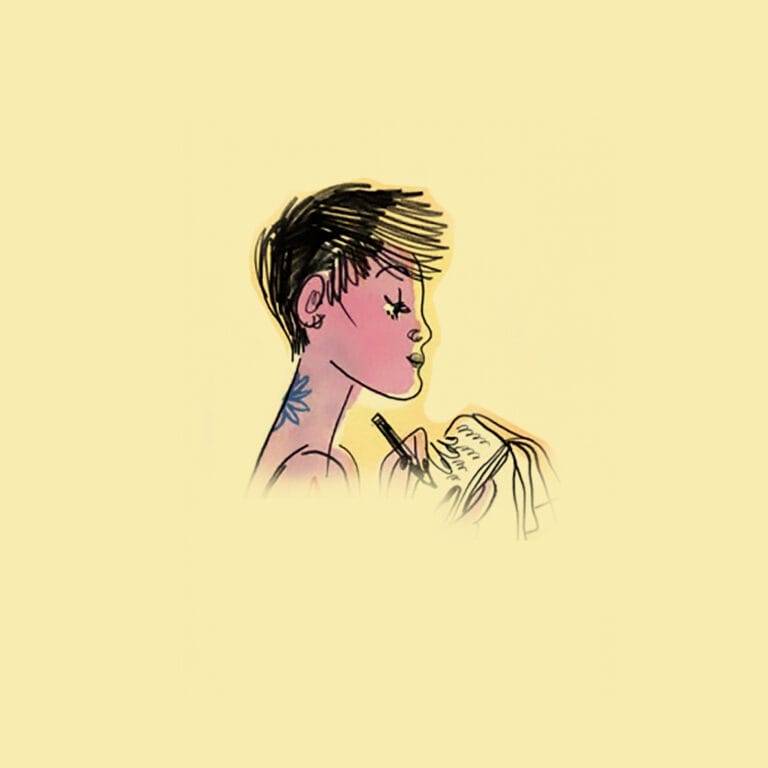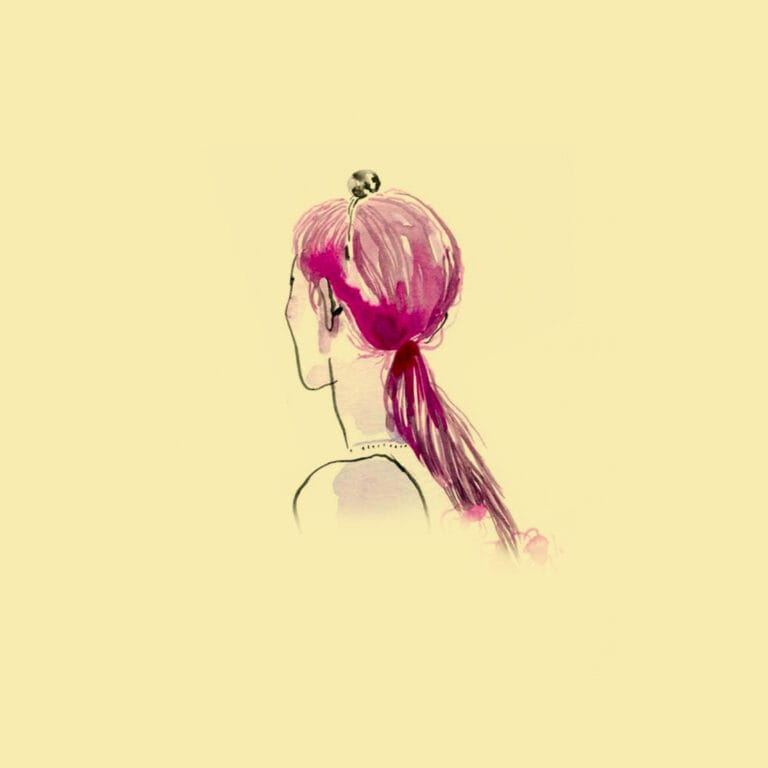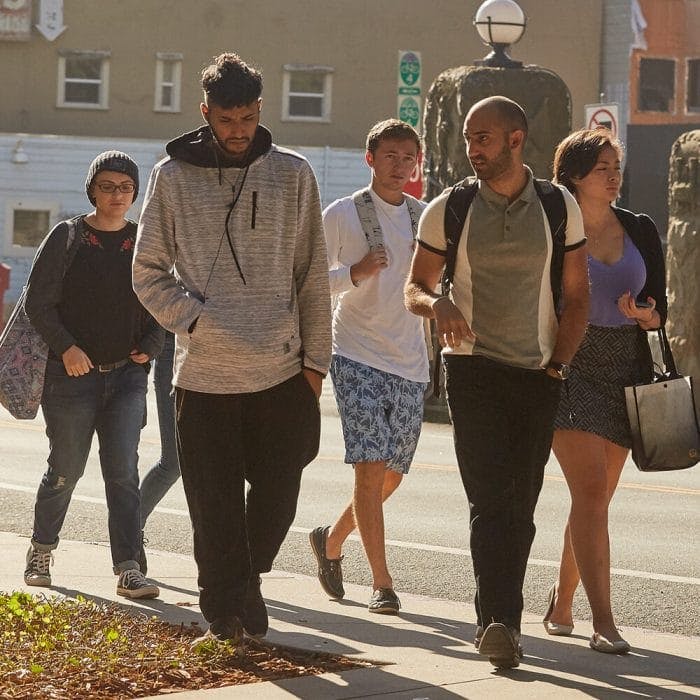Over the past four months, our team has met with over a dozen young cancer patients across the country. As time went on, we noticed several recurring themes, especially as they related to identity, psychology, and technology use. We decided to create four personas that represent the individuals who have inspired us so we can keep them front of mind throughout the product design cycle.
But first, why did we bother creating personas? Here are a few reasons:
Personas help us identify and humanize the most important characteristics among the people we’ve spoken to – without divulging the privacy of actual individuals.
Personas also help our internal team sync up on some of the common personality traits, psychological needs, and technology habits among our users that we should pay attention to. They also help us share our learnings externally – including patients and survivors themselves – so that we can bring others along the journey with us.
They help us maintain empathy for our users. Storm, Kyoko, Azar, and Zale aren’t static characters in a storybook – they grow and change over time, just like real people. As our project progresses, this blog series will explore their strengths and challenges in more detail.
A few things to consider about them:
Storm, Kyoko, Azar, and Zale are all distinct individuals – but they do share two overarching common needs. First, all four are grappling with their identity in the face of cancer. They all struggle, in different ways, to define themselves and to be known as multidimensional individuals outside of their cancer experience. This is especially challenging for those who have been in and out of the hospital for their formative years. Second, they are sick of waiting for an uncertain future. They want all of the information available about their condition, but they don’t want to get attached to a sense of “certainty” about what will come to pass in terms of their prognosis, and side effects. They want help feeling comfortable with what’s here in front of them today.
Their names are purposefully unique: There was a great deal of gender, racial, cultural, religious, and socioeconomic diversity among the individuals we spoke with. Storm, Kyoko, Azar, and Zale represent that diversity. Moreover, we want all of you to focus on their personalities, not their physical appearances. We felt that expressing our personas as illustrations will allow you all to use your full imaginations when understanding who they are as people.
There’s no clear distinction between “patient” and “survivor:” Early in our design research process, we tried to distinguish between cancer “patients” and “survivors” so we could better understand how psychological needs might differ among the two. We came to learn that there is no clear distinction between the two – opinions vary widely on how to define the transition from patient to survivor. In fact, this transition seems to connote a psychological state more than a medical one -we’ve found that “survivor” is often associated with bravery and “patient” with fragility. Depending on the day, the individuals we spoke with can oscillate between which resonates more with them. During this project we will use both terms to limit confusion, but internally we have started to use the term “survivors” for both patients and survivors.
Without further ado, here they are:









